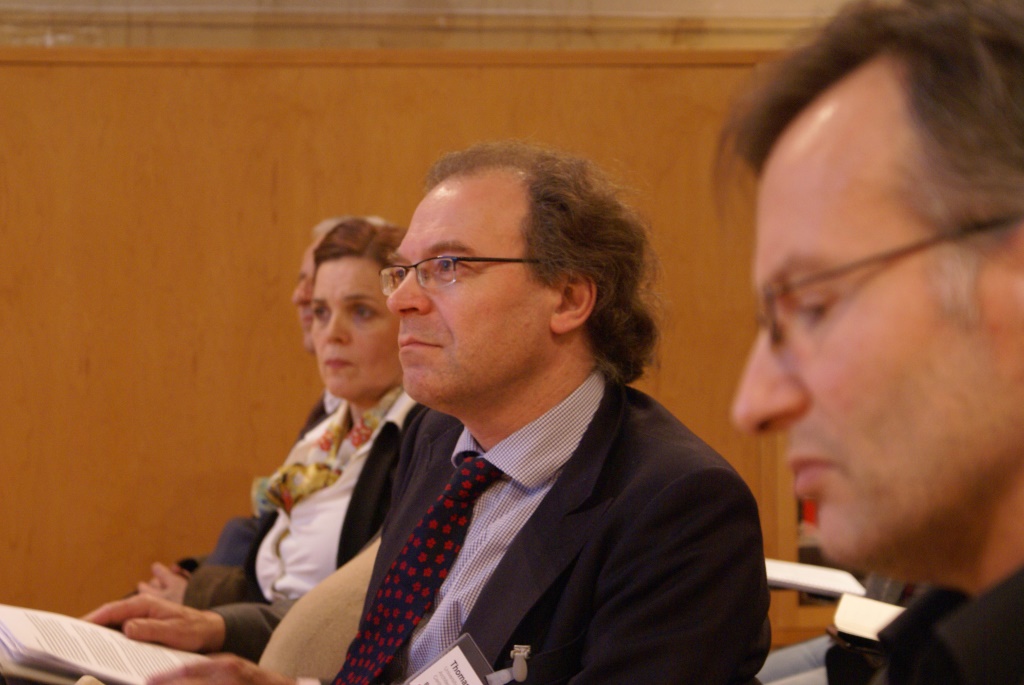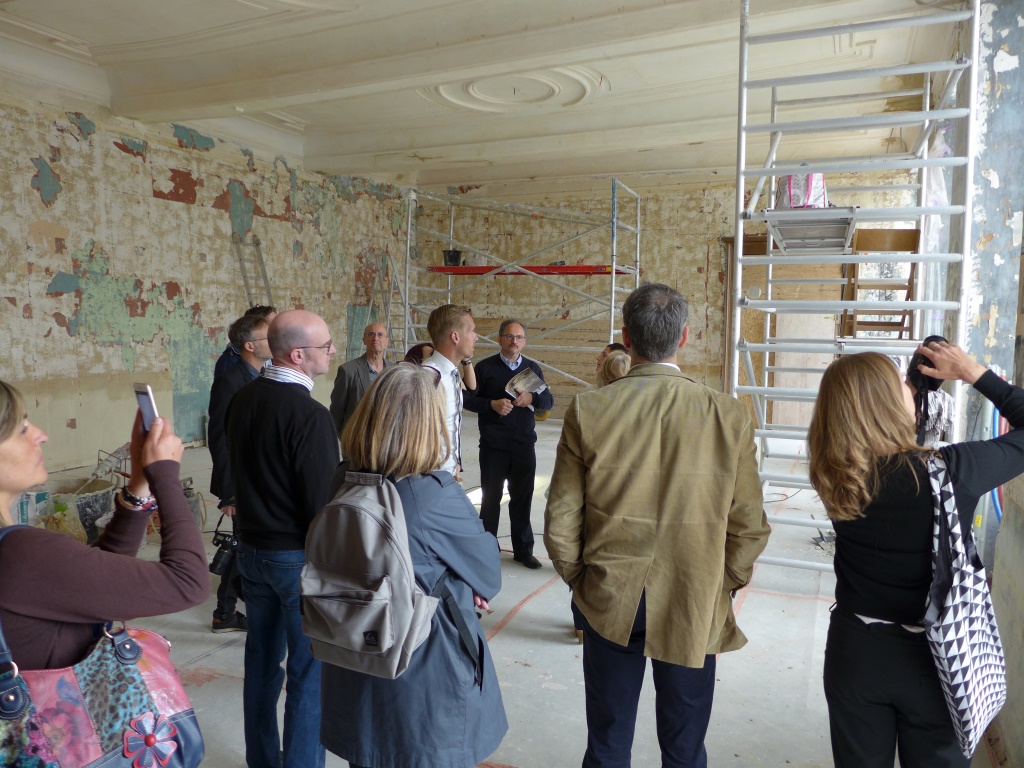by Thomas Coomans*
The last ALTERheritage meeting took place in Leuven on 15 and 16 June 2015 and was organised by the Raymond Lemaire International Centre for Conservation (RLICC), University of Leuven, together with its two ‘silent partners’, the Centre for Religious Art and Culture (CRKC) and KADOC Documentation and Research Centre on Religion, Culture and Society. Educational and management aspects of conservation were the focus of the meeting.

Thomas Coomans
On 15 June, RLICC organised at the Arenberg Castle a conference on educational and management aspects of conservation. RLICC provides an international and interdisciplinary advanced master programme in conservation of monuments and sites that includes religious heritage, management and preventive conservation of heritage. Prof. Koen Van Balen, holder of the UNESCO Chair on Preventive Conservation, Monitoring and Maintenance welcomed the audience composed of twenty ALTERheritage partners and about forty students and alumni. Prof. Thomas Coomans presented five complementary keys for understanding religious built heritage (construction, style, iconography, use, meaning). Prof. Sven Sterken focused on the specific issue of heritagizing post war churches.
Two RLICC students, Eva Weyns and Valérie Vermandel, explained how courses, projects, internships, and contribution to ALTERheritage developed their skills and knowledge on religious heritage. Aziliz Vandesande, PhD student at RLICC, introduced to educating on preventive conservation. Zeljka Knezevic, head of the university’s Monument Division, explained how the university uses and manages its 140 listed historic buildings, especially the former religious buildings, which include the Great Beguinage (World Heritage since 1998) and the library of Sciences in a former medieval monastery (Rafael Moneo 2000). Jan Jaspers and Dimitri Strevens from CRKC explained the policy and the tools developed by the Flemish Region for the management of parish churches in Flanders (see further). Martine Van den Bergen presented “Open Churches”, a NGO valorising the heritage of more than 300 churches in Belgium, including education programs for the broad public.

Arenberg Castle
This stimulating conference concluded with stressing the essential role of Academia in defining methodologies, transmitting expertise on heritage prevention and management, educating the actors of tomorrow, and contributing to the indispensable change of mentalities about religious heritage in a double bottom-up end top-down dynamic.
After the conference, ALTERheritage visited several religious heritage sites in Leuven: the gothic collegiate church of St. Peter (its belfry tower is World Heritage, 1999), the Great Beguinage and its church (World Heritage, 1998), the romanesque St Lambert Chapel, the baroque church of St Michael, the pilgrimage church of St Antony and the tomb of saint Father Damien, the University library of Sciences (former convent of Celestines). The meeting ended with a visit of KADOC Documentation and Research Center on Religion, Culture and Society. The ALTERheritage group also was welcomed on the City Hall of Leuven by Sir Dirk Vansina, the alderman for heritage and tourism.
CRKC: an integrated approach for local parish churches plans
Redundancy of Catholic parish churches is a recent social and political issue in Belgium. After a series of conferences with all parties involved –-Catholic church, municipalities, governmental agencies of internal affairs and heritage-– the Flemish government invited in 2011 the Catholic Church and the municipalities to establish a plan for the future use of parish churches for each of the Flemish towns. The Centre for Religious Art and Culture (CRKC) was asked to assist parishes and municipalities in this planning process by providing basic information, designing road maps for the planning process, and giving information about good practices for extended or new uses of churches.
AlterHeritage visited the Historic abbey of Park and was introduced to the ‘parish churches plan’. In 2012-13, CRKC collected basic information about the 1786 Catholic parishes in Flanders: historical and heritage data and descriptions, urban and social context of the building, actual and future use of the church for worship, present other uses, and possibilities to organize a secondary or new use.
For further information please visit www.crkc.be.
*FRH Council Member since 2011, Thomas Coomans is Associate Professor in the Department of Architecture and the Raymond Lemaire International Centre for Conservation, at the KU Leuven, in Belgium. He has published widely on the history of church conservation, and is also a member of the Commission Royale des Monuments et Sites, which works to preserve historic sites in the Brussels area.





Follow us: